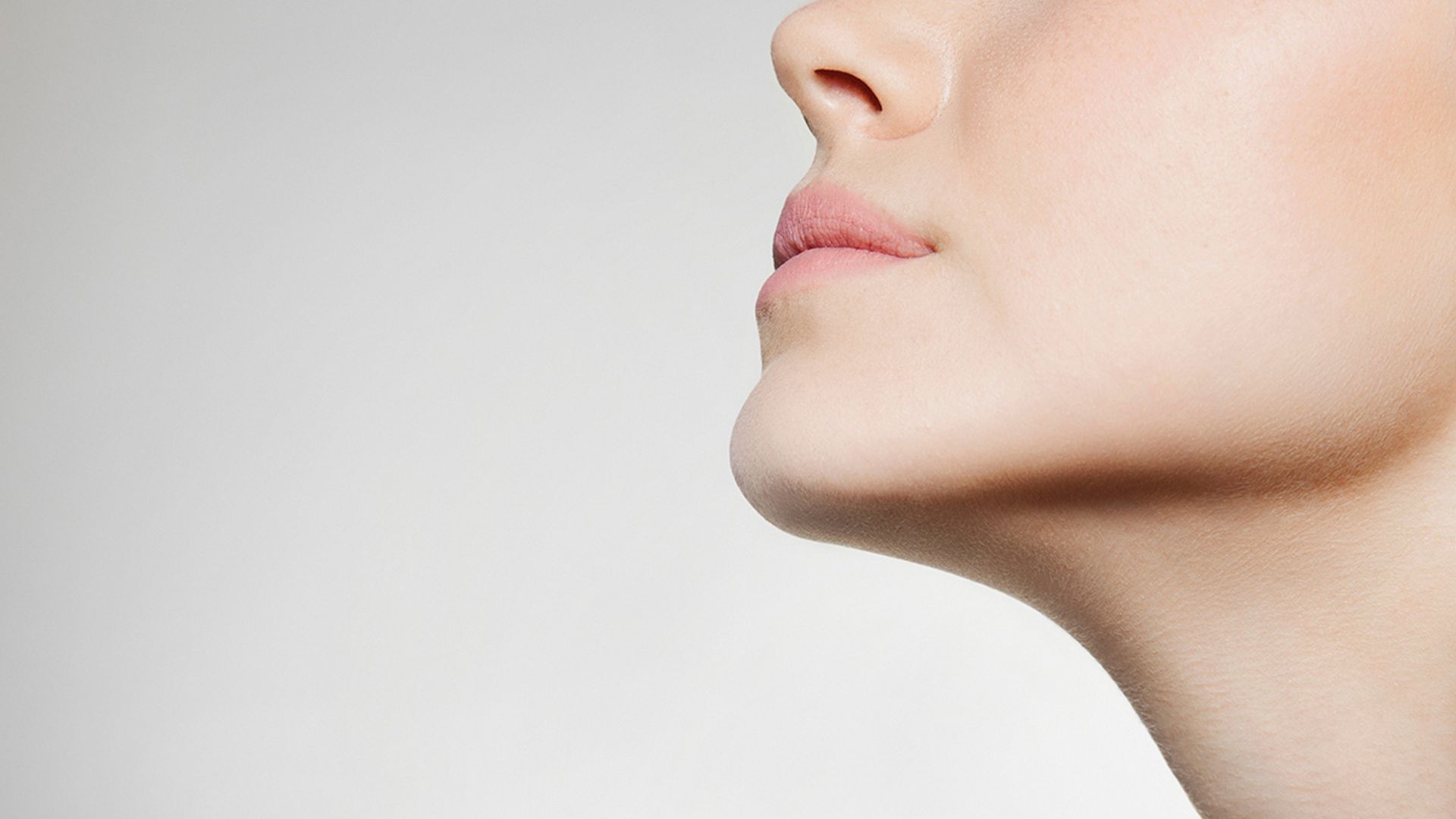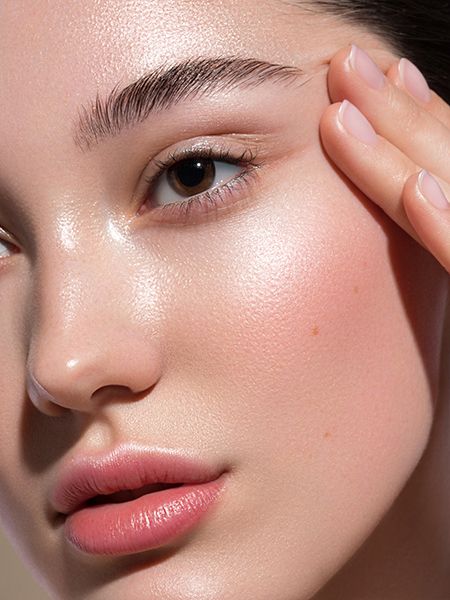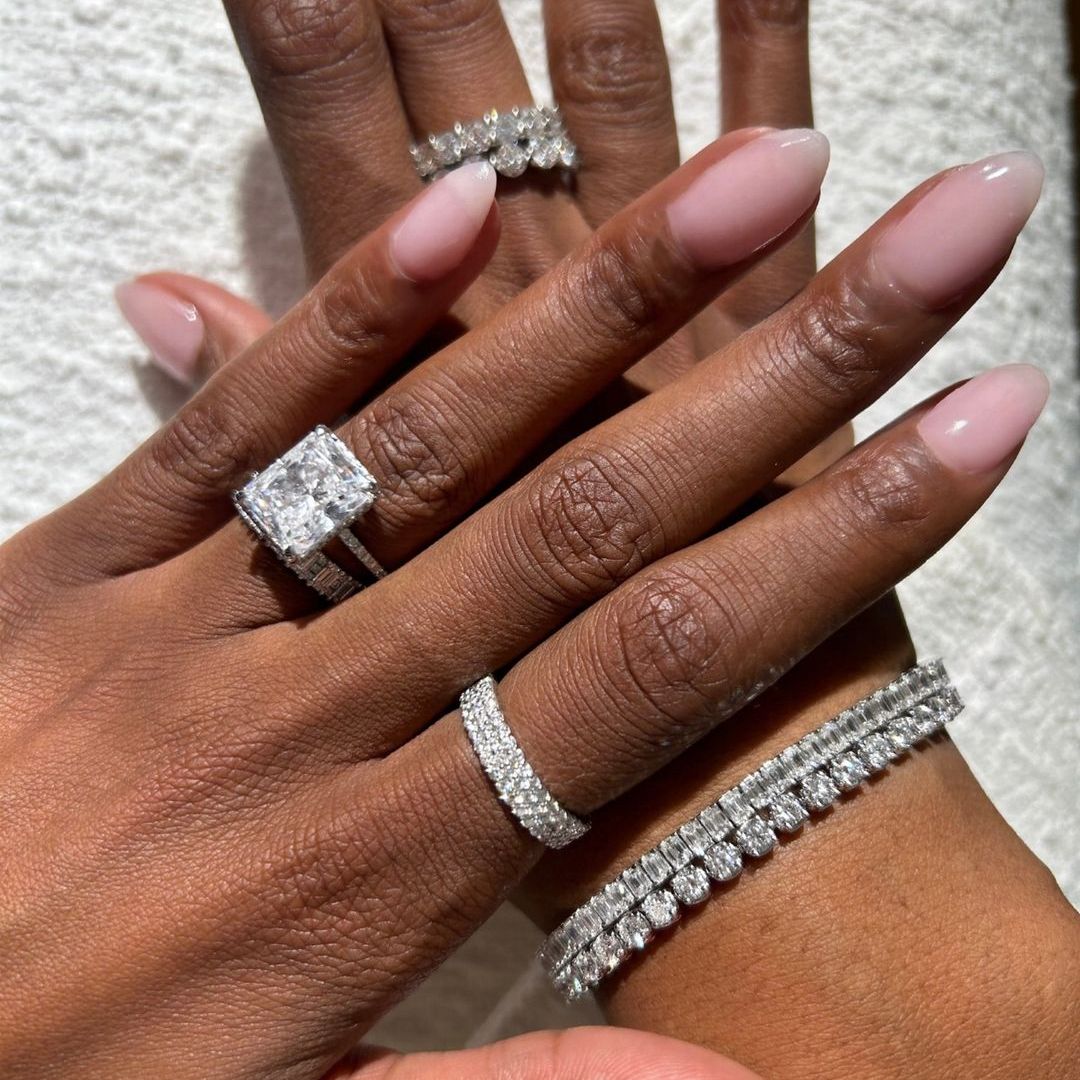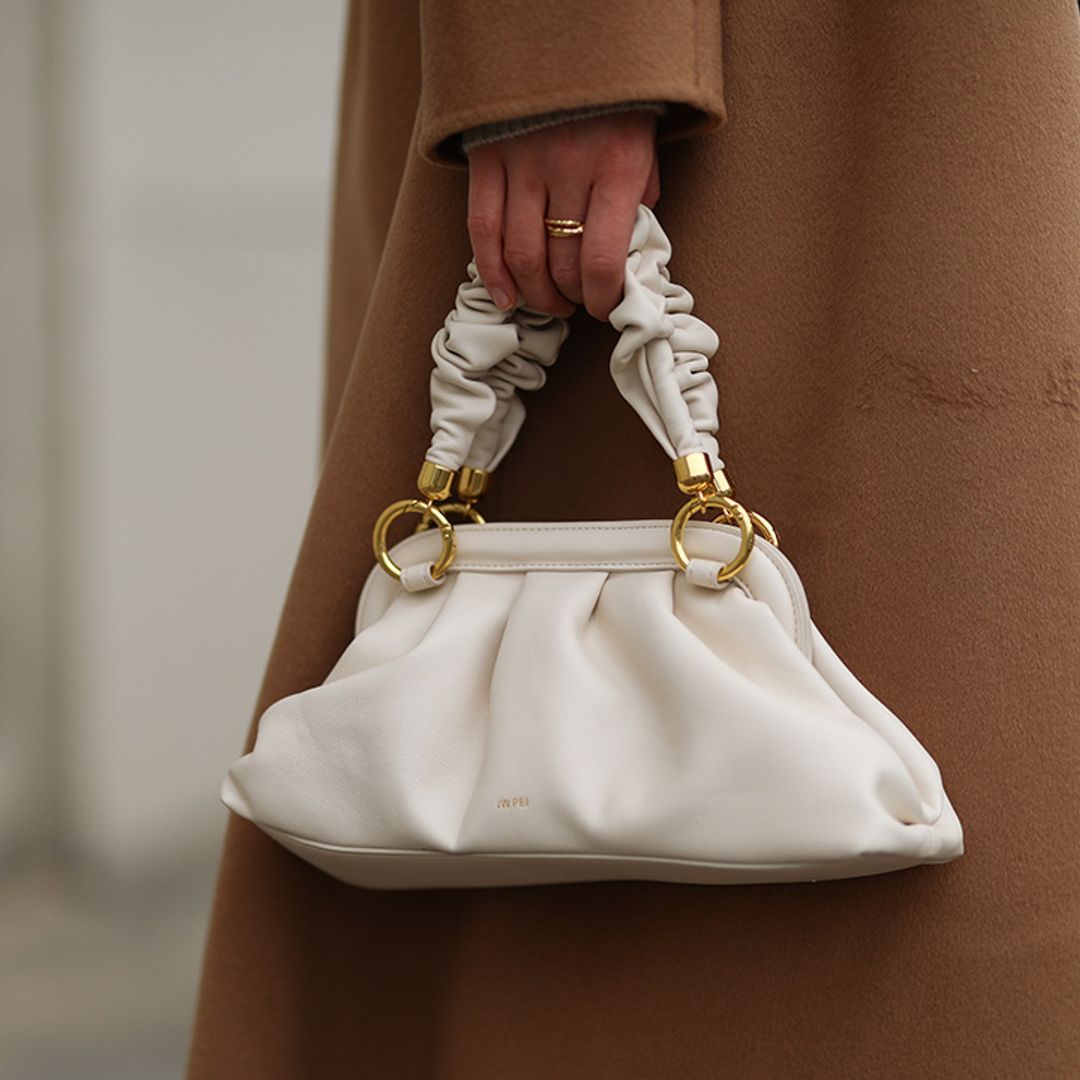If it's a new skincare treatment, rest assured we're all over it. Dermaplaning is one of the industry's current obsessions - but what exactly does it involve?
It is an exfoliating treatment and can also be used as a method of hair removal - here's everything that you need to know about dermaplaning.
WATCH: Antonia Thomas on the cover of HFM's July Issue
READ: Lymphatic drainage: everything you need to know
What is dermaplaning?
Dermaplaning is an exfoliation treatment that involves a dermatologist or aesthetician lightly scraping the outer layer of your skin with a scalpel. Sounds terrifying – but it needn't be. Essentially, this process removes vellus hair (often referred to as peach fuzz), and rids the skin of dead skin cells, leaving your complexion looking gorgeous and radiant.
Before dermaplaning
Advanced Facial Aesthetician Dr Tara Francis explains what you need to know about the dermaplaning process before taking the plunge: "A painless scalpel blade gently to scrape away facial hair and rids the skin of any build-up of dead skin cells - all which can contribute to trapping bacteria and dirt and therefore can make your look dull or uneven."
What are the benefits of dermaplaning?
"Dermaplaning is great for people with ageing, dry and rough skin. Dermaplaning can also help reduce the appearance of fine lines, and superficial hyperpigmentation. It’s a great addition to regular skincare treatments," Dr Tara explains.
The exfoliating treatment can also help if uneven texture is a concern, allowing your makeup to sit better on your skin. Also, the treatment doubles up as a hair removal method, so if peach fuzz bothers you, it may be well worth a try.
RELATED: The 7 Best Luxury Facials In London
After dermaplaning
"Dermaplaning is considered a very safe procedure with a therapist. Minor side effects could include slight redness two hours after getting the treatment," says Dr Tara. "Moreover, if you do have highly reactive, sensitive skin - I wouldn’t recommend trying it. Sliding the scalpel over spots can worsen existing breakouts and spread more bacteria so I would avoid dermaplaning those areas."
How long does dermaplaning last?
Depending on the rate of your hair growth, the treatment tends to last around three to four weeks before you will begin to notice that you are in need of a top up. Generally, if you're looking to add dermaplaning into your long-term beauty regime, as a guide, many go for sessions on a monthly basis - but pay attention to your skin to work out your personal optimum frequency.
How much does dermaplaning cost?
While the cost of treatment will vary depending on the practice and location, generally speaking you could be expect to pay around £50 and upwards for dermaplaning.
Like this story? Sign up to our HELLO! newsletters to get other stories like this delivered straight to your inbox.










